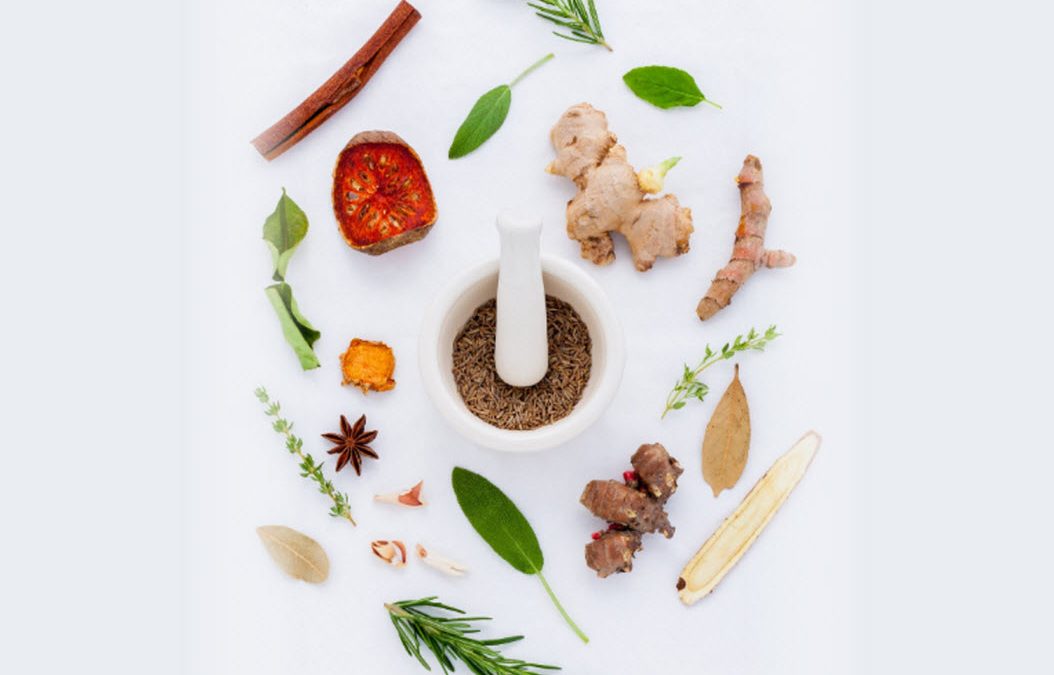The Botanica 2016 conference inspired me to find more ways to use my plants every day for health and well-being. There is still time to enjoy the bounty of the garden – even if the temperatures are cooler and the daylight is shorter. If you have access to fresh herbs, here are a couple of suggestions by Shannon McKinnon from a 2013 edition of Gardens West – Special Edition (Vol. 27 No 08). If all you have are dried herbs, that’s fine, too.
Rosemary Salt
1/3 cup (80mls.) fresh rosemary needles
1/3 cup (80mls.) coarse salt
1 cup (250mls.) Kosher salt
Pulse rosemary and coarse salt in a food processor until the rosemary is chopped to approximately the same size as the salt. Stir in 1 cup (250mls.) Kosher salt and blend well. Pour mixture into a suitable dispenser. Can be used to add flavour to most meats, chicken, fish, soups and stews. A little goes a long way! Makes a great hostess gift.
Sage Gargle for Sore Throats
Pour 1 cup (250mls.) of boiling water over 4 teaspoons (20mls) of dried sage or 8 teaspoons (80mls.) fresh common sage leaves. Steep covered for 10-15 minutes, strain and let cool. Use this “tea” as a natural organic gargle to relieve sore throats. Do Not Swallow. Will keep in the fridge for 4-5 days.
Minty Bath Bliss
Snip off 6 lengths of sturdy mint stems with leaves, tightly secure them with a rubber band to make a herb bundle. Use this same elastic band to secure the bundle to your bathtub faucet so the warm water flows through the mint on its way into the tub. Soak and enjoy!
Lemon Balm (Melissa) Tea
Melissa is known for its ability to “calm you when you’re wired and boost you when you’re tired”. Pour 1 cup (250mls.) of boiling water over 1 tablespoon (15mls.) fresh lemon balm leaves or 1 teaspoon (5mls.) of dried leaves for each cup of tea. Steep covered for 3-5 minutes (longer makes stronger flavour). Strain and enjoy.
Tarragon Vinegar
Add 1 cup (250mls) of tarragon sprigs to every 2 cups (500mls.) of white wine vinegar in a sterilized jar. Use a wooden spoon (not metal!) to bruise the sprigs to release their essential oil. Cover and let steep for 2 to 3 weeks until it reaches desired potency. Shake the contents every few days. Make sure the stems and leaves are ALWAYS covered in vinegar; this avoids mould growth/contamination. When ready, remove the sprigs, strain the vinegar, rebottle and enjoy. If you like, you can add a single fresh sprig at this time for decorative effect – just remember that it must stay completely covered in vinegar at all times. The vinegar will keep in a cool, dark pantry for at least 6 months.
These are but a few of the ways we can enjoy and benefit from the plants we grow all summer. Let these recipes inspire you to be creative and try other herbs and plants, too. There is a huge element of pleasure in making something for yourself that looks and smells divine! Don’t deny yourself these simple pleasures from nature.
Did you know ……
- In 1852, salicin, the natural active ingredient in willow bark, was artificially synthesized; it was modified to be less of a stomach irritant and in 1899, acetylsalicylic acid was launched as aspirin (ASA) by the Bayer company. It is still used today for pain and inflammation relief.
- In 1775, Dr. William Withering began experimenting with the herbal brew a patient’s family successfully used for curing dropsy caused by heart failure; he isolated foxglove as the most potent plant in the brew. In 1785 he wrote, Account of the Foxglove and Some of Its Medicinal Uses; the cardiac glycosides digoxin and digitalis were eventually extracted from foxglove. They continue to be used today for treatment of heart conditions. The Latin name for foxglove is Digitalis.
- Cabbage was called, “The medicine of the poor”, as it had a multitude of health benefits and was available to all.

